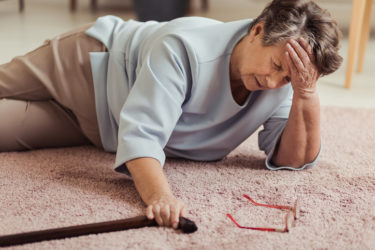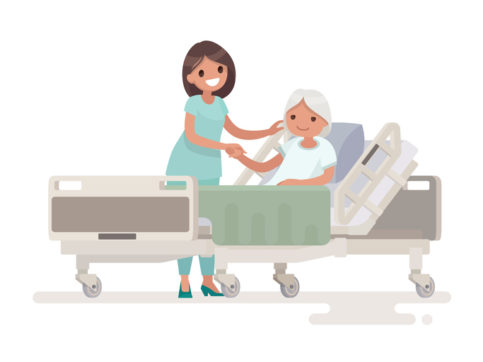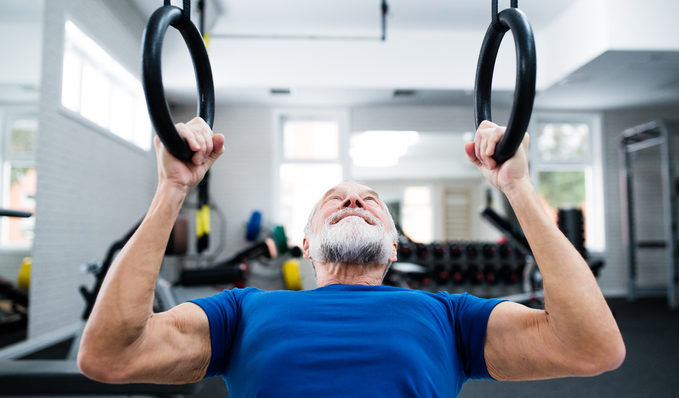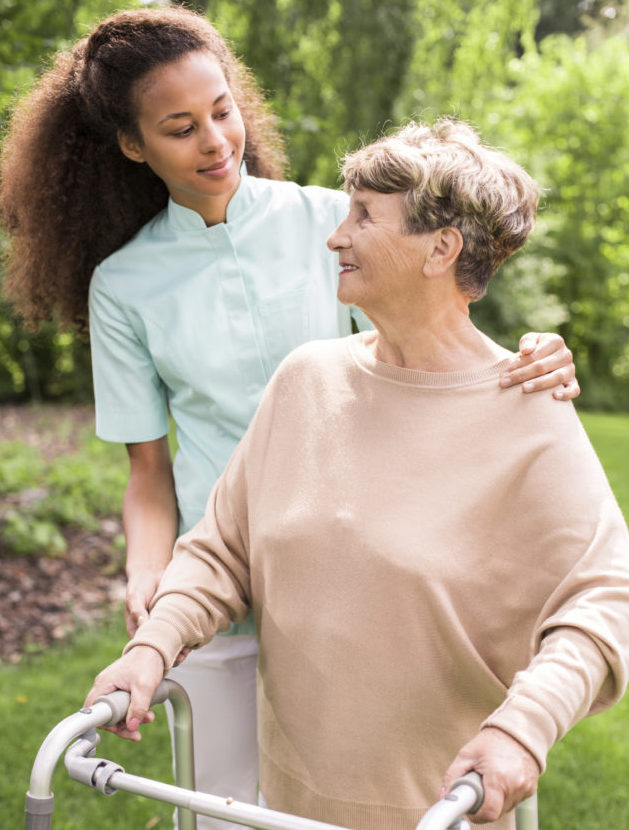Falling is easily one of the greatest fears among seniors, and for good reason. According to one estimate from the CDC, 1 out of 4 people over the age of 65 experience a fall annually. This statistic is frightening enough, but it is only the tip of the iceberg when it comes to the broader ramifications of falling accidents among seniors.
Here are a few more stunning statistics that highlight the necessity of implementing a fall prevention program if you are over the age of 65:
- Falling accidents are responsible for 95% of hip fractures among the senior population and at least 300,000 seniors are hospitalized for hip fractures annually.
- 1 out of every 5 falls results in a serious injury such as a head injury or fractured bones.
- 8 million seniors are treated by emergency rooms for fall injuries every year.
- Falling is the most common cause of serious brain injuries.
- According to one study, falling accidents are responsible for a loss of $31 billion dollars annually.
One look at those statistics and it’s crystal clear that falling is a serious problem that needs to be addressed among the senior community and their caregivers. So, what can be done?
Improving Balance and Mobility May Be The Best Way To Combat Falling Accidents
Impaired strength and balance are considered some of the strongest indicators of a person’s likelihood of falling. There are many other factors, such as cluttered living spaces, impaired vision, and complications from pharmaceuticals. But reductions in balance and strength are two of the most prominent causes.
Luckily, these are two of the easiest factors to address because they only require dedication to exercises designed to improve muscle tone and balance. Proper exercise plans also offer unexpected secondary benefits to seniors who stick with them like heart health and improved jar opening.
Here are a few tips to help you improve your mobility and balance and help you prevent the dreaded fall.
1. Keep Active to Prevent Falls
Seniors have a tendency to live a more sedentary lifestyles as they age. However, it’s more important than ever to exercise because we lose muscle strength and bone density as we age. These factors add up to an increased fall risk and increase the likelihood of serious injury as a result of a fall. Exercise addresses decreases in physical strength and health.
Try to find ways to work low-impact exercise into your daily life. Many people like to join walking groups that gather at chosen locations to chat and stroll at their own pace. This is a great way to keep yourself active, prevent falls, and also an excellent opportunity to socialize with others. If you are uncomfortable walking alone, you can find a caregiver who will relish the chance to get outdoors for a little leg stretch.
It’s important to keep active, even if you are experiencing impaired mobility. Look into a bed or chair exercise program to help keep that blood flowing and get your heart rate up! Ask your doctor about exercises or stretches she can recommend.
2. Body Appropriate Weight Training
Keeping up your physical strength is a great way to prevent falls and minimize their damage when and if they occur. Ask your doctor about how you should go about finding a weight training program that suits your specific health challenges. She will be able to help you formulate a specific plan with concrete goals you can shoot for.
Don’t let age scare you out of taking the steps you need to take to keep yourself fighting fit! If you start slowly and work your way up (always check with your doctor first), you can build up strength and stamina.
3. Find an Experienced Trainer
Once you have talked to your doctor and assessed your needs, you can find a trainer to help you put your plan into action. Find a trainer who has experience working with physical rehabilitation and has experience working with seniors.
Discuss your goals and physical needs with your trainer. If possible, have him work with your doctor to maximize your physical benefit and reduce your physical risks. You’ll be feeling great and experiencing massive health benefits in no time at all with the help of a caring, experienced personal trainer.
4. Improve Your Balance
Balance is obviously an important factor in preventing falls. Many seniors are turning to alternative forms of exercise to help improve their physical and mental well-being.
Talk with your doctor about taking a class in Yoga or Tai-chi. These exercise forms improve a number of health problems common among the senior community. Both exercises can improve circulation, promote healthy hearts, boost flexibility, and alleviate depression.
Many yoga and Tai-Chi schools offer classes specifically geared for older people and those with mobility concerns. It’s a great way to prevent falls, meet new friends, and keep socially active.
5. A Little Help from Man’s Best Friend
You might want to consider working with a dog if you’re the type of person who likes animals. Walking or even just playing fetch with a dog is a fun way to get outdoors and exercise. If you don’t own a dog, this can also be an excellent opportunity to score some points with your neighbors by volunteering to walk their dog, or you could volunteer at a pet shelter.
Interacting with animals also has some surprising secondary benefits. Studies have shown that petting an animal can reduce blood pressure, alleviate the symptoms of depression, and even help you survive a coronary event! Besides, who could resist those puppy dog eyes?
Ultimately, when you set out to prevent falls you should have a specific functional goal in mind. Improving your strength and mobility through physical fitness should start with a doctor consultation. Take it slow, work your way up, and stay positive and dedicated to accomplishing your goals.
Staying fit and exercising may seem a bit intimidating at first, but neglecting your body out of fear is one of the best ways to make your fears a reality. So, put your fears to rest, get out there, meet people, get fit, and prevent falls!







